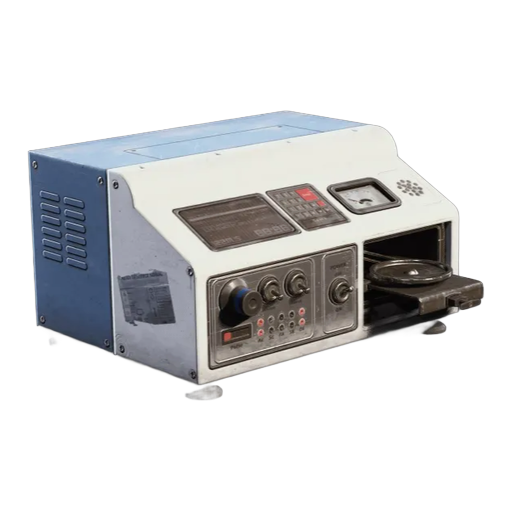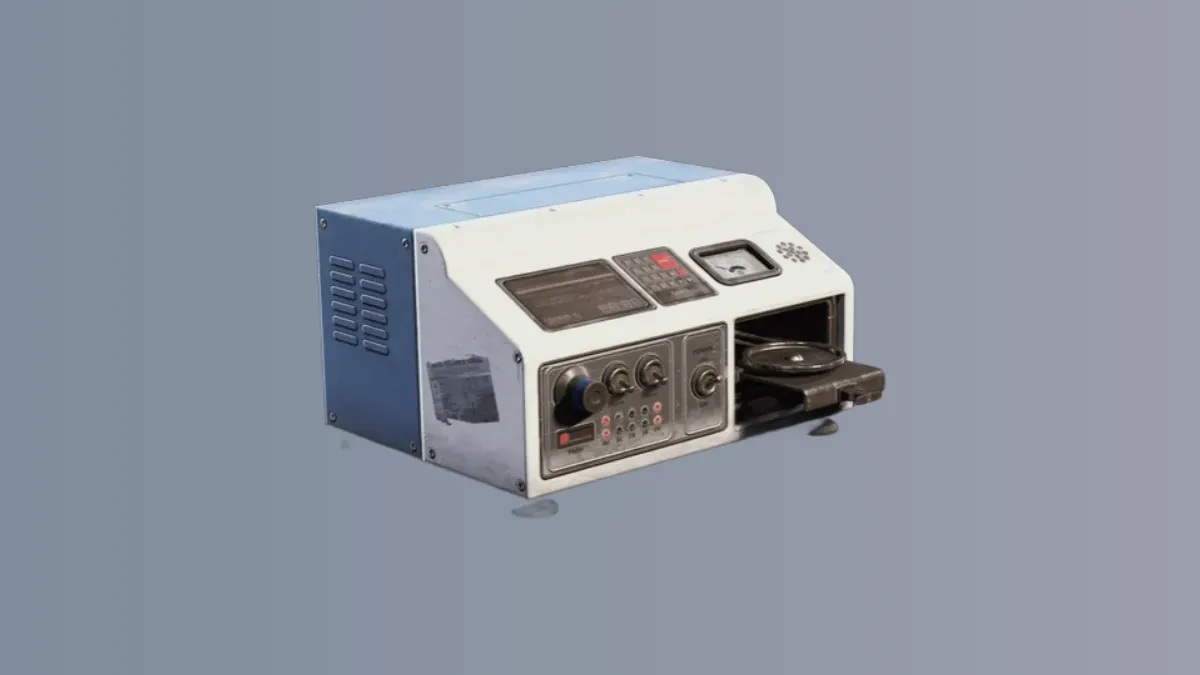Sample Cleaner is a rare recyclable item in ARC Raiders. It is not a weapon, gadget, or quest item; its only role is to be turned into other materials or sold for coins. You encounter it as part of the general loot pool rather than purchasing or crafting it directly.
Within the game’s economy it sits in the “Recyclable” category, alongside other scrap-like objects that are primarily valued for what they turn into when broken down.
| Property | Value |
|---|---|
| Item type | Recyclable material |
| Rarity | Rare |
| Category | Recyclable |
| Found in | Exodus |
| Primary acquisition | Scavenging during raids |
| Stack size | 3 per inventory slot |
| Weight | 1.5 kg per item |
| Base sell price | 3,000 Raider Coins |
Current data does not show Sample Cleaner being required for quests, workshop upgrades, expedition projects, or blueprints. It functions as an economic item: you either sell it at full value or break it down for components.
Sample Cleaner recycling and salvage
Sample Cleaner can be broken down in two distinct ways:
- Recycling it outside a raid (for full component yield).
- Recycling/salvaging it during a raid (for reduced yield).
When you recycle Sample Cleaner under normal conditions (outside an active raid), one unit is typically converted into the following materials:
| Action | Input | Output items |
|---|---|---|
| Full recycling (outside raid) | 1 × Sample Cleaner | 2 × Electrical Components, 14 × Assorted Seeds |
| Raid salvage (during raid) | 1 × Sample Cleaner | 12 × Assorted Seeds |
Electrical Components and Assorted Seeds then behave like normal items: they can be kept for future use or sold for coins.
There has been at least one data set showing Sample Cleaner recycling into 3 Electrical Components instead of 2. That appears to reflect an earlier or alternate set of values. The 2 × Electrical Components + 14 × Assorted Seeds breakdown is the one that matches both the dedicated breakdown tables and the coin totals observed in current live data. If you see a different number in your own breakdown preview, use the in-game preview as the authoritative value.
Sample Cleaner coin value and efficiency
To decide whether to sell or recycle Sample Cleaner, it helps to look at the coin values of the items involved. The relevant sell prices are:
| Item | Base sell price | Notes |
|---|---|---|
| Sample Cleaner | 3,000 Raider Coins | Rare recyclable |
| Electrical Components | 640 Raider Coins each | Uncommon refined material |
| Assorted Seeds | 100 Raider Coins each | Common nature material |
Using the current standard breakdown of 2 × Electrical Components and 14 × Assorted Seeds, the total sell value of the outputs is:
- Electrical Components: 2 × 640 = 1,280 coins
- Assorted Seeds: 14 × 100 = 1,400 coins
- Total if you sell all outputs: 2,680 coins
Comparing the options:
| Option | Resulting items | Total sell value | Difference vs direct sale |
|---|---|---|---|
| Sell Sample Cleaner directly | – | 3,000 coins | Baseline |
| Recycle outside raid, then sell outputs | 2 × Electrical Components, 14 × Assorted Seeds | 2,680 coins | -320 coins |
| Raid salvage (reduced yield), then sell outputs | 12 × Assorted Seeds | 1,200 coins | -1,800 coins |
With these values, Sample Cleaner is more profitable to sell directly than to recycle and then sell the resulting materials. Raid salvage is substantially worse in terms of coin return, which matches the general rule that recycling during a raid only returns a portion of the normal components.
If your game instance instead shows a 3 × Electrical Components breakdown when you preview the recycle result, the math changes:
- 3 × Electrical Components (3 × 640) = 1,920 coins
- 14 × Assorted Seeds (14 × 100) = 1,400 coins
- Total = 3,320 coins, i.e. slightly better than selling the item directly.
Because of this variation, always check the in-game recycle preview before mass-recycling Sample Cleaner for coin value.

Where Sample Cleaner drops
Sample Cleaner is tied to the Exodus map. Current information lists Exodus as its only drop location. You obtain it by scavenging loot in that area during raids.
There is no evidence that Sample Cleaner is sold by traders, crafted, or obtained from other maps. If you need it, you should plan to spend time looting in Exodus specifically.
When to sell Sample Cleaner vs recycle it
Because Sample Cleaner has no known direct uses in quests, workshop upgrades, expedition projects, or blueprints, the main decision is purely economic: coins versus components.
| Choice | When it makes sense |
|---|---|
| Sell Sample Cleaner | Best default option for maximizing Raider Coins, especially if you are not short on Electrical Components. |
| Recycle outside raid | Reasonable if you actively need Electrical Components and are willing to accept lower immediate coin value. |
| Recycle during raid (salvage) | Last-resort option for partial recovery when you cannot extract the item, as it returns only Assorted Seeds. |
Electrical Components are a mid-tier refined material with many uses. They appear as requirements for workshop upgrades such as Gear Bench II and Utility Station II, and for some expedition projects. If you are pushing those upgrades and find yourself short on Electrical Components, converting Sample Cleaner into components can still be worthwhile despite the immediate coin loss, because it saves you scrounging for those materials separately.
Assorted Seeds, by contrast, are a common nature material with low coin value and no direct requirements listed for workshop upgrades, quests, or projects. They are effectively a minor bonus that comes along for the ride when you recycle Sample Cleaner; they are not a strong reason on their own to prefer recycling over selling.
As a practical rule of thumb:
- If you want coins and have enough components for your current plans, treat Sample Cleaner as loot to sell.
- If your bottleneck is Electrical Components for upgrades or projects, consider recycling it at base, but confirm the current breakdown in your recycle preview first.
- Avoid relying on raid salvage for value unless you are forced to, because the reduced yield is costly in both coins and components.

